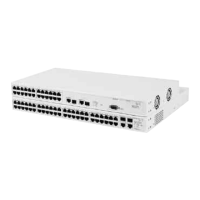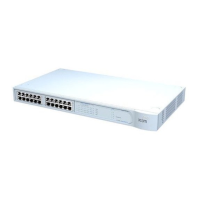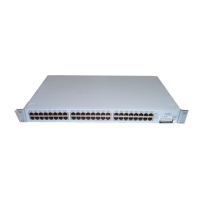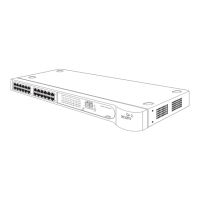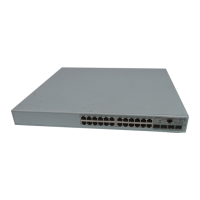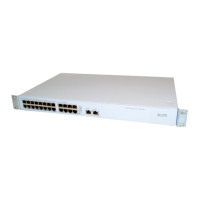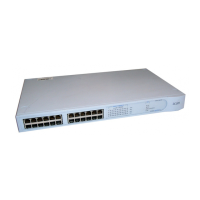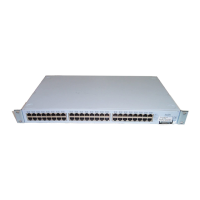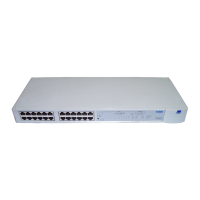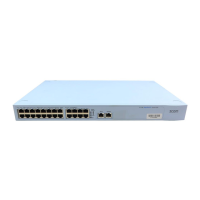122 GLOSSARY
FTP File Transfer Protocol. A protocol based on TCP/IP for reliable file
transfer.
full duplex A system that allows packets to be transmitted and received at the
same time and, in effect, doubles the potential throughput of a link.
gateway See router
.
Gigabit Ethernet IEEE standard 802.3z for 1000 Mbps Ethernet; it is compatible with
existing 10/100 Mbps Ethernet standards.
half duplex A system that allows packets to transmitted and received, but not at
the same time. Contrast with full duplex.
hub A device that regenerates LAN traffic so that the transmission distance
of that signal can be extended. Hubs are similar to repeaters, in that
they connect LANs of the same type; however they connect more LANs
than a repeater and are generally more sophisticated.
HTTP Hypertext Transfer Protocol. This is a set of rules for exchanging files
(text, graphic images, sound, video, and other multimedia files) on the
World Wide Web.
HTTPS Hypertext Transfer Protocol over SSL. The term is used to describe HTTP
transfers that are encrypted using the SSL protocol.
IEEE Institute of Electrical and Electronics Engineers. This American
organization was founded in 1963 and sets standards for computers
and communications.
IEEE Std 802.1D, 1998
Edition
A standard that defines the behavior of bridges in an Ethernet network.
IEEE Std 802.1p A standard that defines traffic prioritization. 802.1p is now
incorporated into the relevant sections of the IEEE Std 802.1D, 1998
Edition.
IEEE Std 802.1Q-1998 A standard that defines VLAN tagging.
IEEE Std 802.3ad A standard that defines link aggregation. 802.3ad is now incorporated
into the relevant sections of the IEEE Std 802.3-2002.
IEEE Std 802.3x A standard that defines a system of flow control for ports that operate
in full duplex. 802.3x is now incorporated into the relevant sections of
the IEEE Std 802.3-2002.
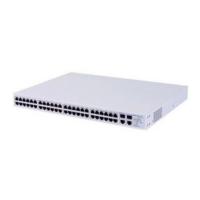
